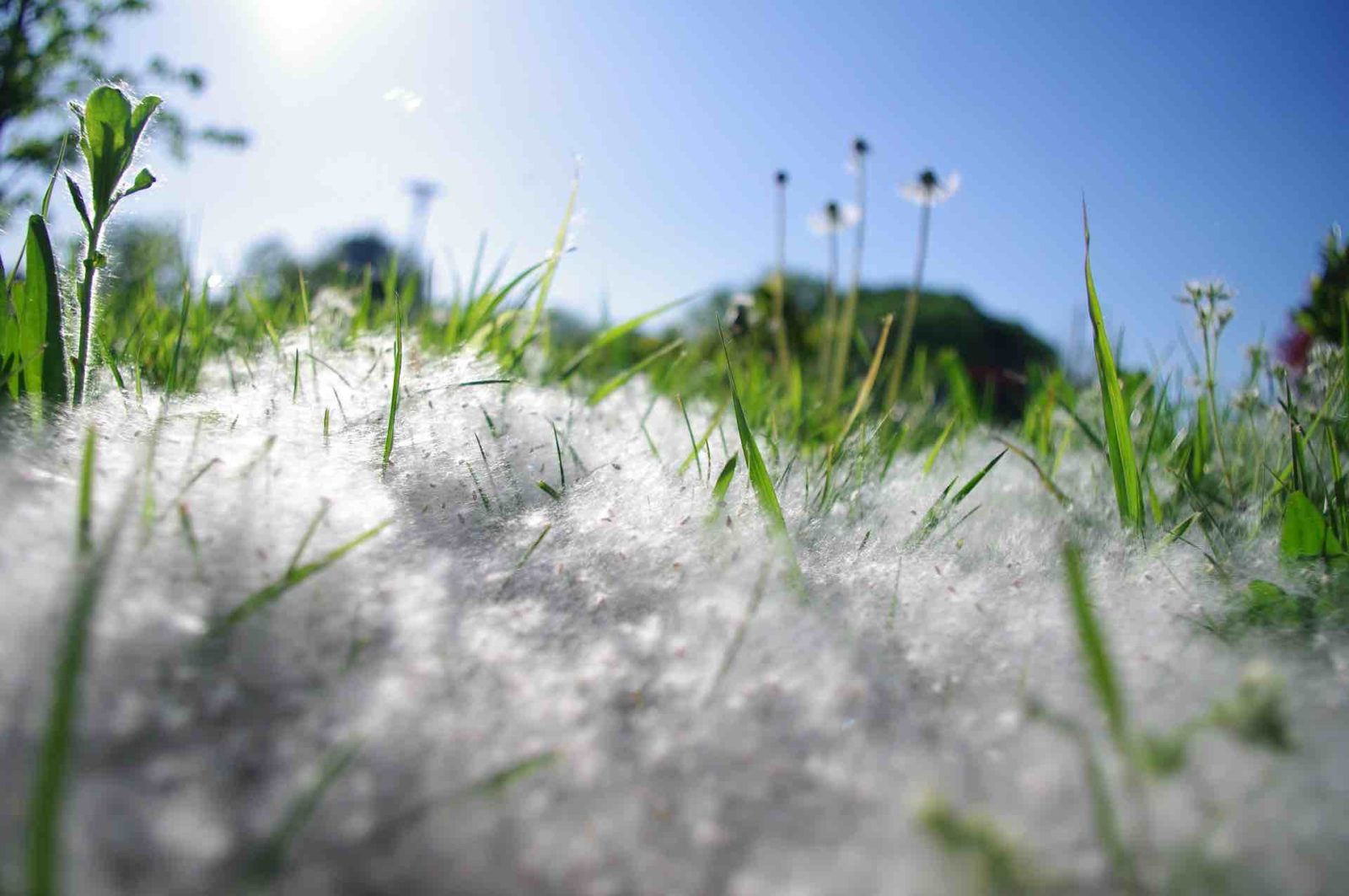Home is where you want to feel comfortable and relaxed. However, if you start a sneezing fit as you enter the door, something in your house may be triggering your allergies.
Does your throat feel scratchy? It may be a sign of your allergies acting up. To truly relish a relaxing day at home, allergy-proofing your house is one of the best ways to manage your allergies. To accomplish this, here’s a list of things you can do to reduce the dust, mold, pollen and other allergy triggers in your dwelling place:
1. Determine what you’re allergic to
Talk to an allergist first to focus on preventative measures. Typically, the common offenders are dust mites, mold, pet dander, and pollen. By consulting a specialist, you know exactly what you’re up against as there’s no point in making changes at home if you don’t address what particularly triggers your allergies.
You may actually be allergic to your pet cat or a specific type of fabric. Not knowing what you’re allergic to will only deem your allergy-proofing efforts futile and ineffective.
2. Take allergy medication
Allergy medications designed to help treat allergic reactions are available in different forms such as eye drops, liquids, inhalers, pills, or nasal sprays. To make sure you choose the best allergy medication for your condition, work with your doctor.
There are some allergy medications that have side effects and can cause problems when taken alongside other medications. So it’s crucial that you talk to your doctor or allergist about taking medications especially if you have a chronic condition.
3. Reduce clutter
The fewer items you have in your house, the fewer places will allergens have to lurk in. After all, it’s much easier to clean when there are less hidden areas or obstructions to go through.
Ditch dust generators
Carpeting and fabrics help generate dust through the breaking down of fibers. Consider ditching cozy accommodations for allergens like high-pile carpeting and upholstered furniture. Your best bets are linoleum or tiled floors and washable throw rugs over wood.
- Get rid of old clothes, newspapers, rags, and other porous items.
- Limit buying knick-knacks like magazines that are major dust catchers.
- Focus on cleaning your bedroom as you spend more time there.
- Damp-mop floors and clean walls regularly.
4. Clean the air
The fight is going to be you against hundreds of dust mites, mold spores, and pollen. Good thing, you’re much smarter than these microbes by simply making your home inhospitable for them. A great place to start is to ensure you have good ventilation, and non-leaking ductwork to serve as your first line of defense.
- Make sure you have high-quality filters in your air conditioning or heating system.
- Don’t forget to clean or replace air filters in your cooling and heating system.
- Maintain humidity levels at around 50% as mold loves moisture, and dust and pollen get easily stirred in dry air.
- Keep windows closed during the time when pollen counts are highest: early morning hours (10 am to 3 pm), and in windy conditions.
- When you come from outdoors, remove your garments then take a shower as mold spores and pollen settle on clothing.
Take it outside
Do your bathroom and kitchen fans only re-circulate indoor air into the attic? As much as possible, use true exhaust fans which direct humidity and particles out of your house. Remember, if you’re venting damp spaces into your attic, mold may start growing there and spread throughout the rest of your home.
5. Install a smart landscape
When you landscape your house, do away with allergenic trees like male maple, birch, and ash. Instead, opt for low-allergy trees like dogwood and magnolia as well as female maple trees and female ash. For low allergy flowers, these include columbine, impatiens, hosta, and viola.
Make sure you buy from a reliable plant nursery to guarantee that you get the right tree gender. The sticky, yellow pollen that bees carry from one plant to another rarely causes allergic reactions. It’s actually the fine, lightweight particles blown by the wind which trigger discomfort.
6. Keep outdoor irritants outside
You should keep outdoor irritants from finding their way inside your home. Lay down doormats at each entryway of your house – one inside and one outside. Otherwise, you can let your family and guest remove their shoes before they enter the house to prevent the spread of allergens.
Once you’ve established what causes your allergies, work from there and eliminate those allergens. Make those triggers your basis to effectively allergy-proof your home. This way, you can get a good night’s sleep and enjoy true comfort in your own place.
